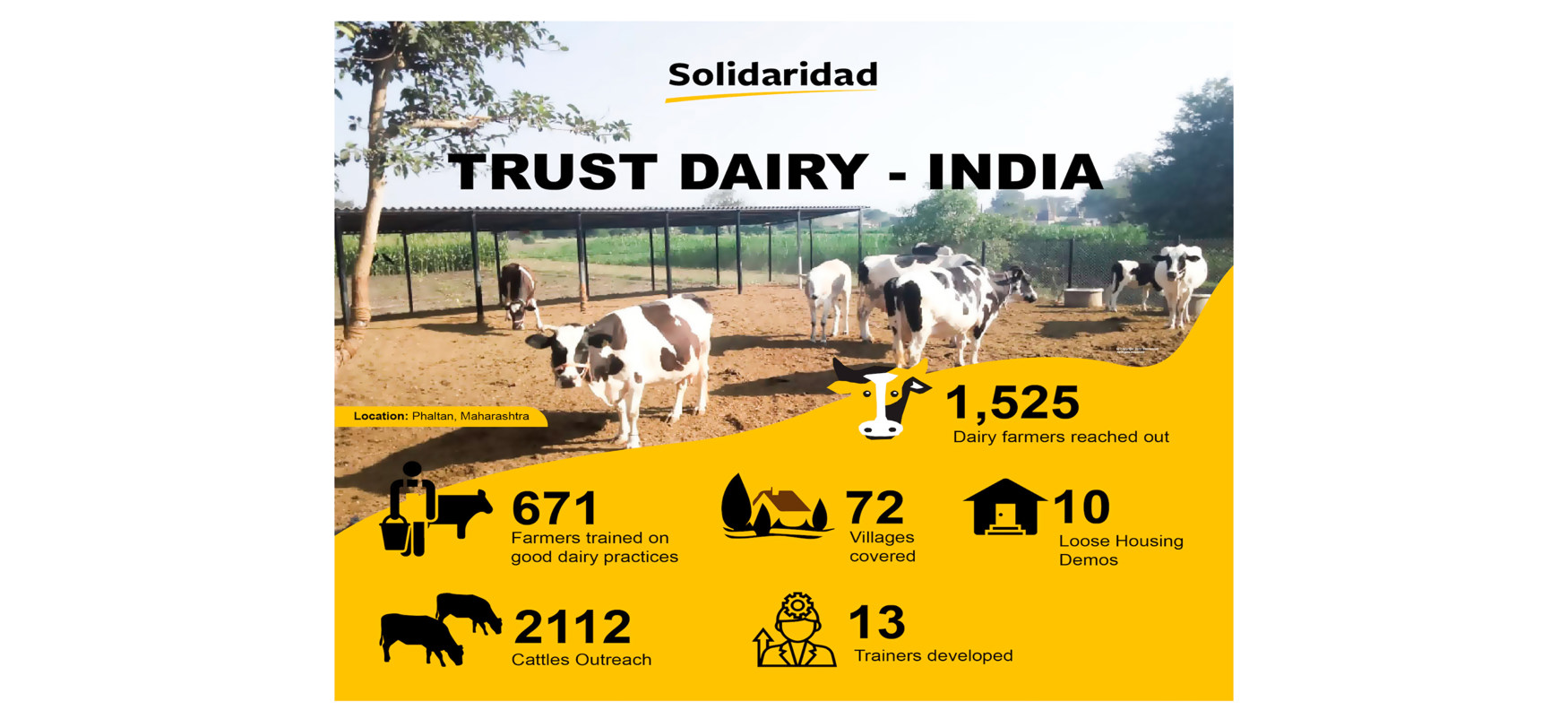According to the 2019 livestock census, (20th Livestock census), India has the world's largest buffalo population (110 million) and the second largest cattle population (192.5 million). The female cattle population showed a significant improvement from 2012-2019, with growth estimated at approximately 18% (IDA 2021). The exotic and crossbred dairy cattle population also increased by 26.9% from the previous census.
The Indian dairy industry has undergone significant transformation over the last few decades, thanks to many innovative initiatives by government agencies including the National Dairy Development Board, state milk cooperatives and private feed and milk processors. With the development of dairy from milk production, genetic improvement and animal nutrition, many stakeholders, in association with government bodies, are now focusing on building a framework for milk quality improvement along with sustainable dairy farming initiatives such as good animal husbandry practices and sustainable milk production with minimal environmental footprints.
The major challenge in meeting these objectives is the highly fragmented structure of dairy farming in India, with more than 80% of the dairy farms consisting of farmers with just two to four animals.
Trust Dairy is a sustainable dairy farming initiative, delivered through a collaboration between Solidaridad, Nutreco, Govind Milk and Milk Products and the Baramati Agriculture Development Trust. Its objective is to create a robust framework for small dairy farm through a community initiative based around the adoption of sustainable modern dairy farming technologies to produce high quality, safe and hygienic milk with a lower environmental footprint.

Trust Dairy’s sustainable dairy initiative has already been deployed in the western part of the State of Maharashtra, covering Baramati taluk of district Pune and Phaltan taluk of district Satara. Dairy farmers are actively involved in all the project’s main initiatives – from dairy farm management to dairy nutrition and better manure management.
Focused activities:
-
Building farmers’ capacity to increase productivity and thus reduce the per kilogram emissions of milk.
-
Improving manure management and loose housing to reduce GHGs emissions and increase productivity.
-
Increasing traceability – making it possible for consumers scanning a QR code to be connected to factory and farm.